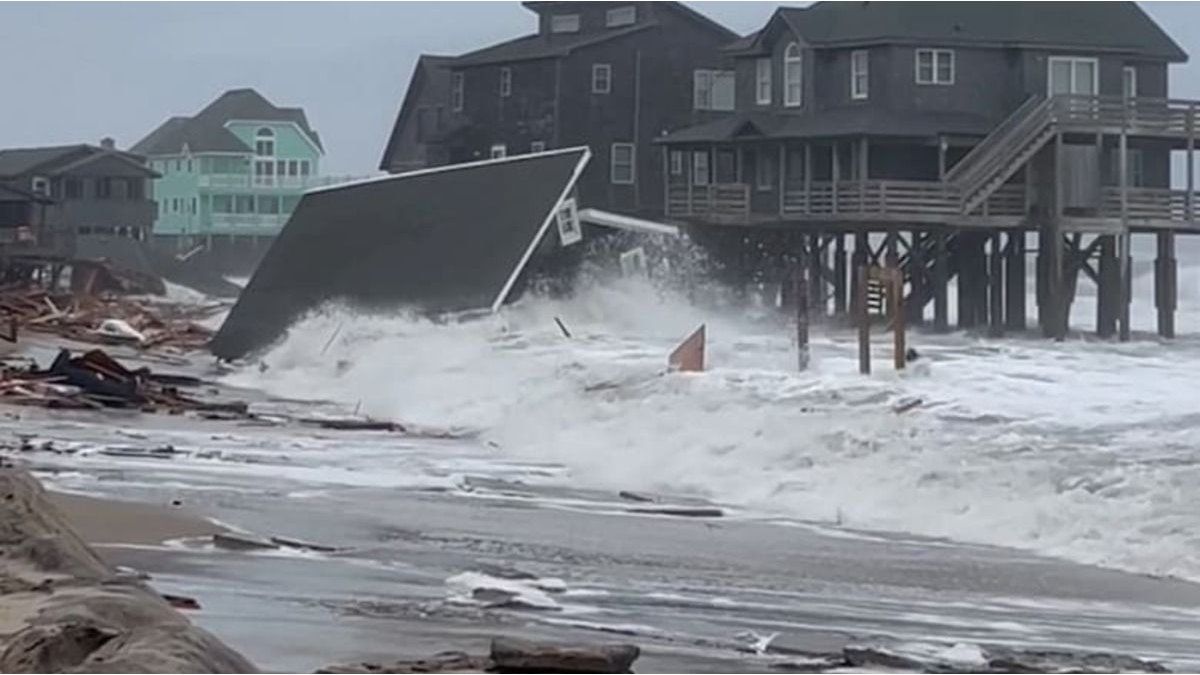For baby food, spices, wines and salt, for example, stricter or additional maximum levels for lead will apply from Monday. From Tuesday there will also be new cadmium limit values for a number of fruits, vegetables and grains as well as oilseeds.
“As part of the European plan to fight cancer, we have pledged to further reduce the level of carcinogenic ingredients,” said EU Health Commissioner Stella Kyriakides on the entry into force of the new rules. The move is another concrete example that in the EU the consumer always comes first when it comes to food.
The background to the new limit values for the heavy metal lead is based on findings that there is no threshold below which damage to human health can be safely ruled out. In addition, the European Food Safety Authority recently expressed concern that current dietary exposure to lead could affect neurological development in fetuses, infants and children.
In the past, comparatively high levels of lead were found in algae, fish, seafood and food supplements. According to the German Federal Environment Ministry, other foods such as cereal products or vegetables can also contribute a significant proportion to lead intake despite their comparatively low lead content, as these are consumed a lot. In the future, for example, a maximum content of 1.0 milligrams per kilogram will also apply to most types of salt. For wines, it will be reduced from 0.15 to 0.10 milligrams per kilogram from the 2022 harvest.
The background to the new limit values for cadmium are data that were collected on the occurrence after the implementation of the risk reduction measures recommended in 2014. According to the responsible EU Commission, these show that it is possible to reduce the cadmium content in many foods.
The heavy metal gets into the environment in particular through combustion processes or as a component of sewage sludge. It can also be introduced into the soil through phosphate fertilization. Like lead, cadmium is toxic and carcinogenic.
The European plan to fight cancer was presented in February and provides for a number of other measures in addition to new limit values. They include, for example, an EU cancer screening program and an EU-wide network of cancer centers. “In 2020 2.7 million people in the EU were diagnosed with cancer. Another 1.3 million people died of the disease, including over 2000 young people,” explains the EU Commission of the four billion euro project. If you don’t act decisively, there will be around 24 percent more cancer cases by 2035.




